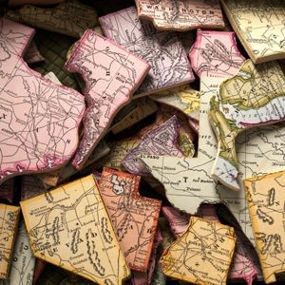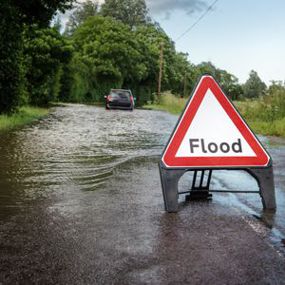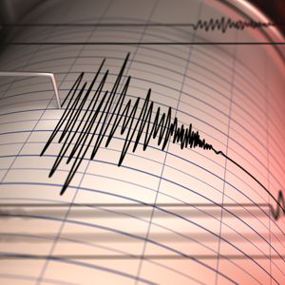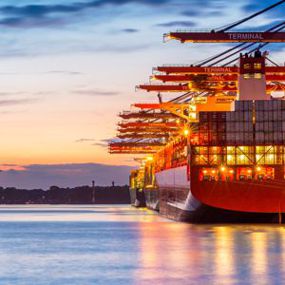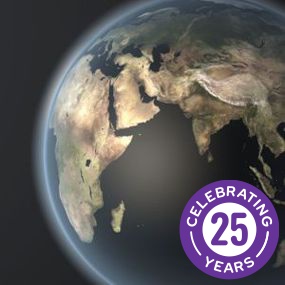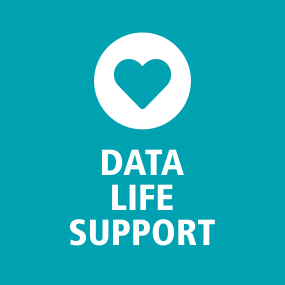Map data for
the United Arab Emirates
Map data for
the United Arab Emirates
 United Arab Emirates – Quick facts
United Arab Emirates – Quick facts
Regions & Boundaries
Regions & boundaries data is available for the United Arab Emirates.
Regions and Boundaries map data helps you display and analyse key factors geographically. They can easily be matched and enriched with your own data or supplemented with statistics such as demographics, purchasing power and consumer profiles.
CRESTA Zones
CRESTA Zones are available for the United Arab Emirates.
CRESTA Zones help to analyse and present natural hazard risk, based on CRESTA zones, using the system established by the world's leading reinsurers. While peril-independent, CRESTA (Catastrophe Risk Evaluating and Standardising Target Accumulations) has established a uniform and global system to transfer, electronically, aggregated exposure data for accumulation risk control and modelling among insurers and reinsurers.
Market Trace
Market Trace data services are available for the United Arab Emirates.
Market Trace is a new data service providing unique insight into patterns of visitor behaviour. This innovative service uses anonymised location data from mobile applications, professionally analysed and customised to your specific needs. It can distinguish between locals and visitors, segment by time and profile visit duration.
Global Maps
For geographic coverage of the United Arab Emirates and beyond, we offer a premier global map data suite. Global mapping is a cornerstone in the history of Europa Technologies. Our market-leading data products are the choice of SMEs, prestigious Fortune Global 500 companies, governments and missions of the United Nations. As a result of a long-standing integration with Google Earth and Google Maps, our global data products have been seen by over one billion people, approximately one in seven of the world's entire population.
Europa Technologies - mapping the world for 25 years, 1997 - 2022.
Free data life support
All data products supplied by Europa Technologies include free, world-class, lifetime support.
Got a technical issue or licensing question? No problem – we’re just a call or an e-mail away.
Arrange your digital map licensing through us with the assurance of great value from your data investment.
How can we help you?
Ask an expert…
Do get in touch if you would like more details about Map Data for the United Arab Emirates (technical, licensing, pricing, etc.) or would like to arrange a personalised demo. Our product specialists will be happy to provide you with a free consultation.


 United Arab Emirates – Quick facts
United Arab Emirates – Quick facts